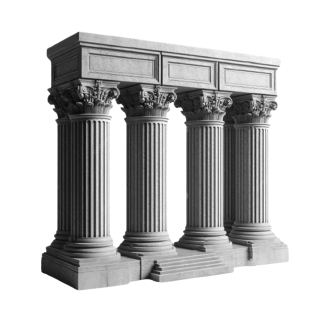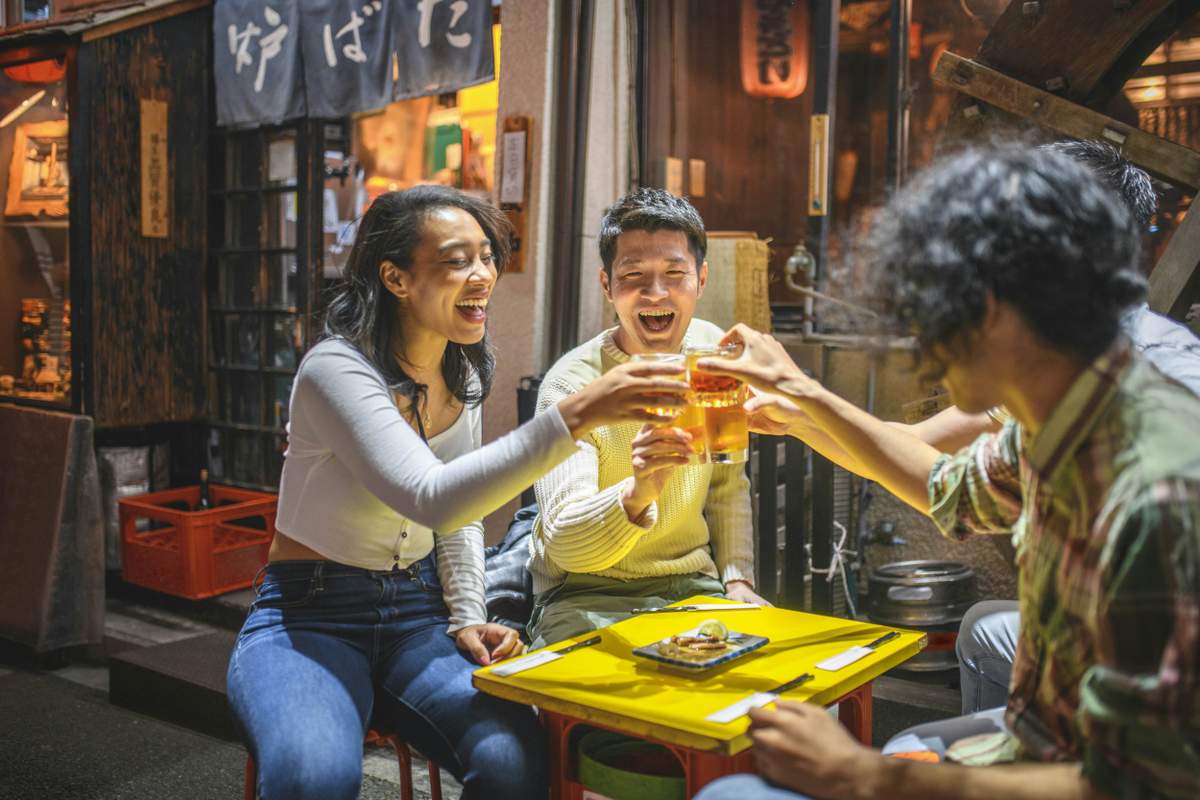
Overview
The glory days of Japan's first feudal capital (from 1185 to 1333) coincided with the spread of populist Buddhism in Japan. This legacy is reflected in the area's proliferation of stunning temples. Kamakura (鎌倉) also has a laid-back, earthy vibe complete with organic restaurants, summer beach shacks and surfers – which can be added to sunrise meditation and hillside hikes as reasons to visit. Only an hour from Tokyo, it tends to get packed on weekends and holidays, so plan accordingly.
Leave the planning to a local expert
Experience the real Kamakura. Let a local expert handle the planning for you.
Must-see attractions
Get a book. Get inspired. Get exploring.
in partnership with getyourguide

















